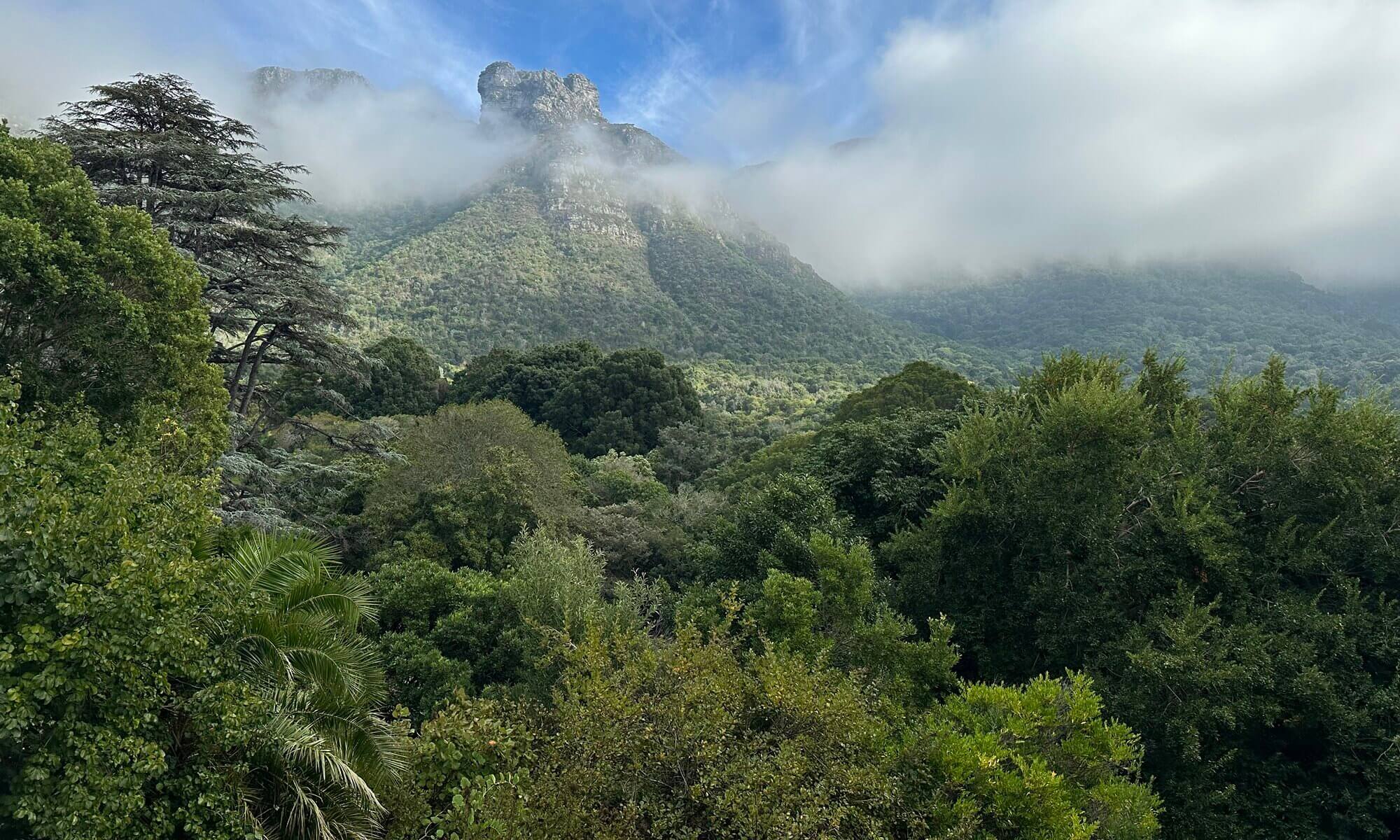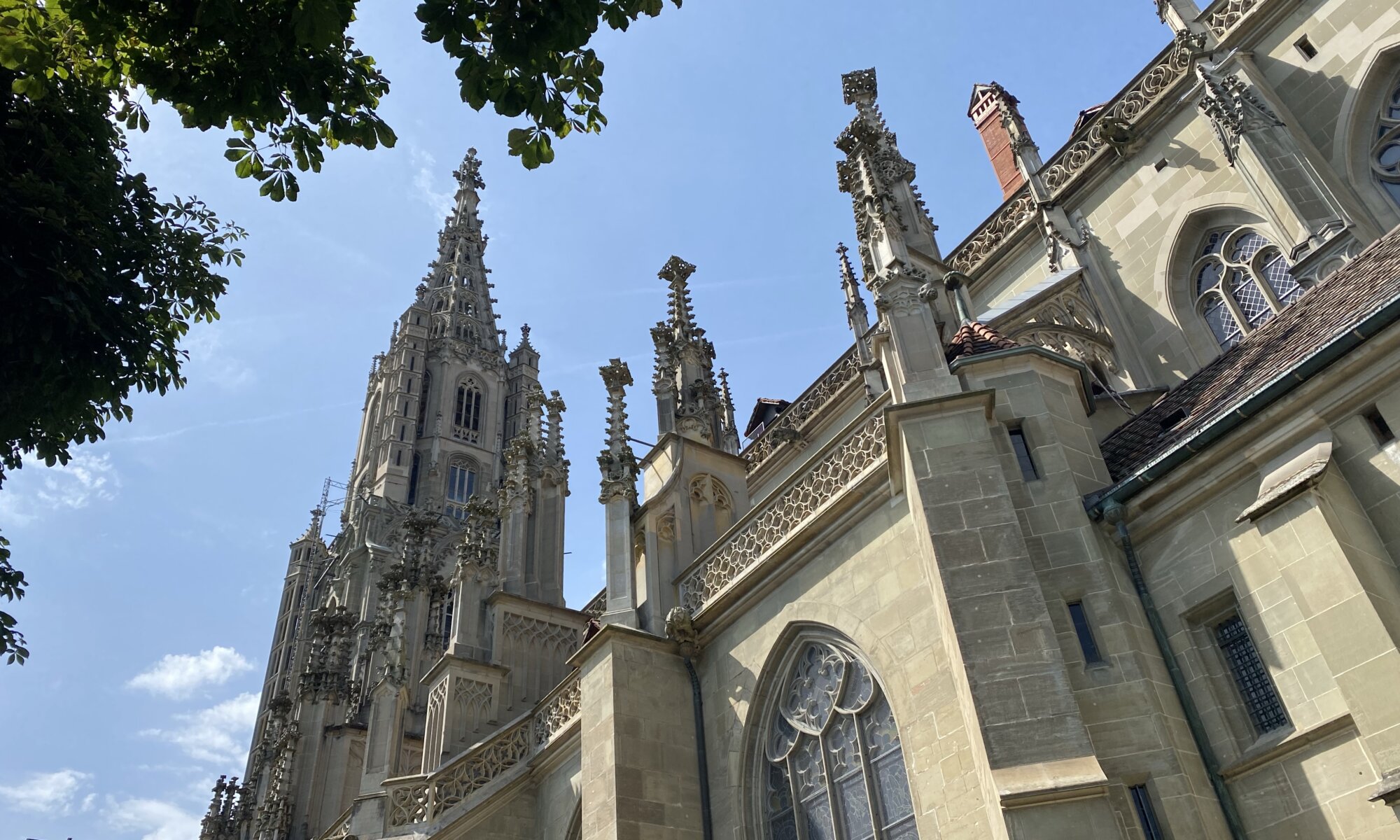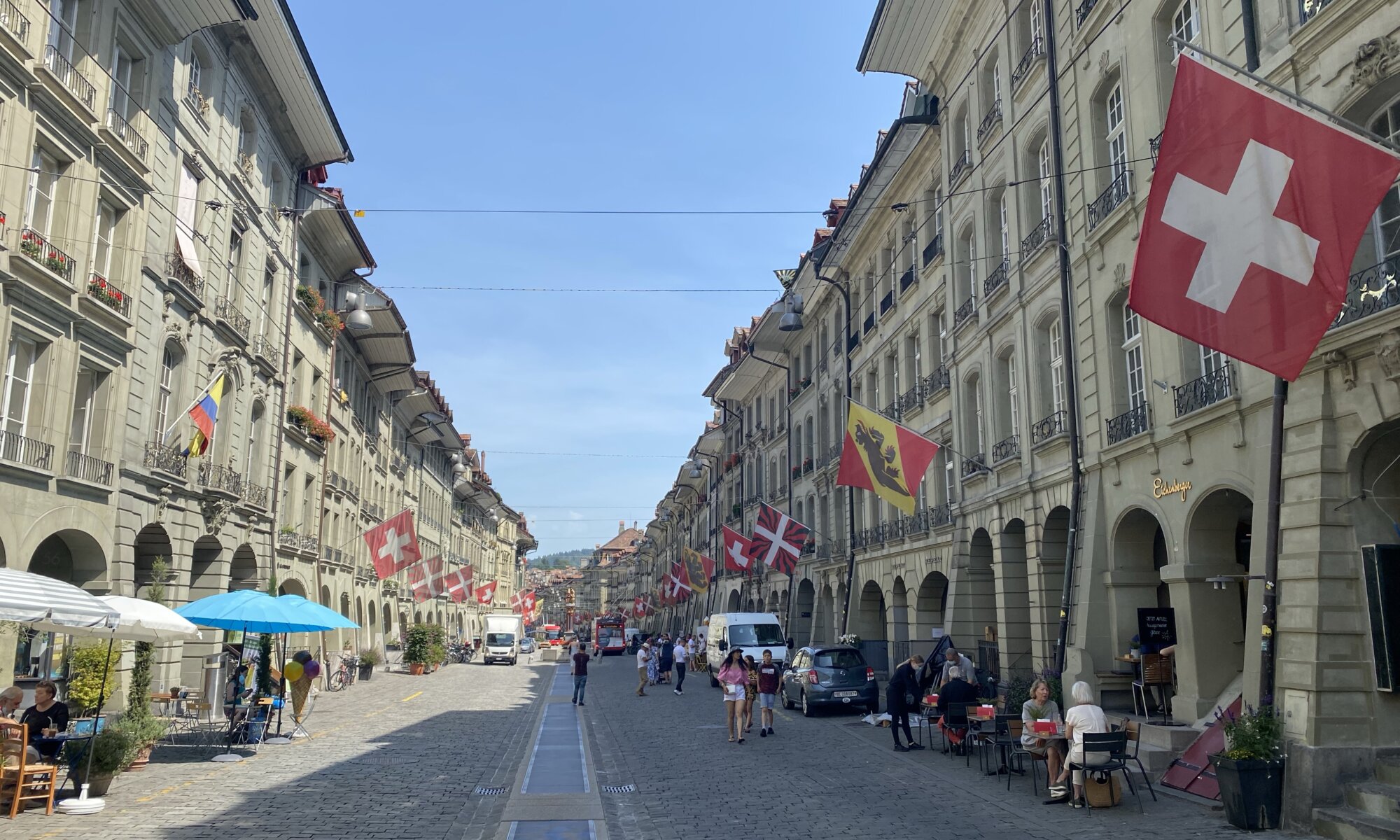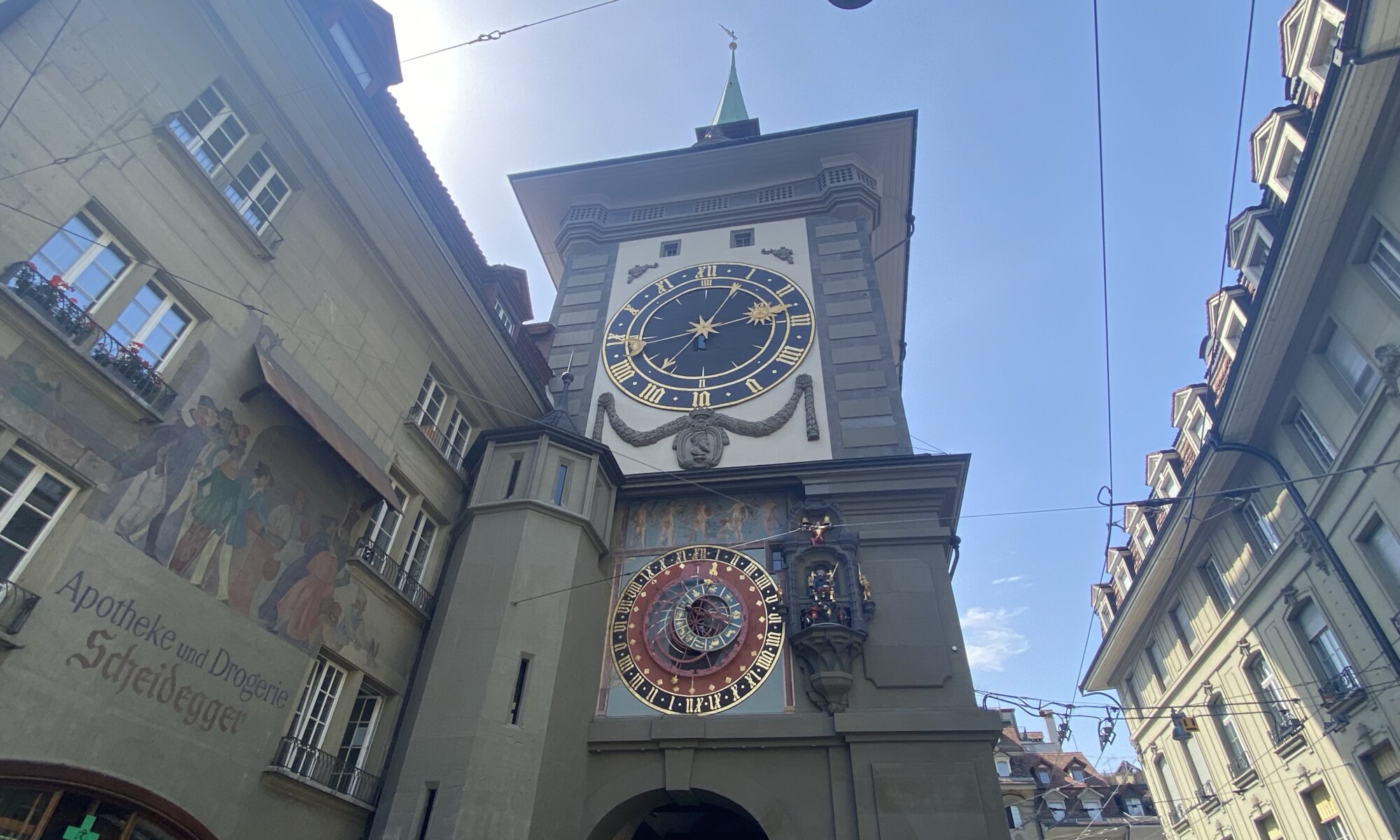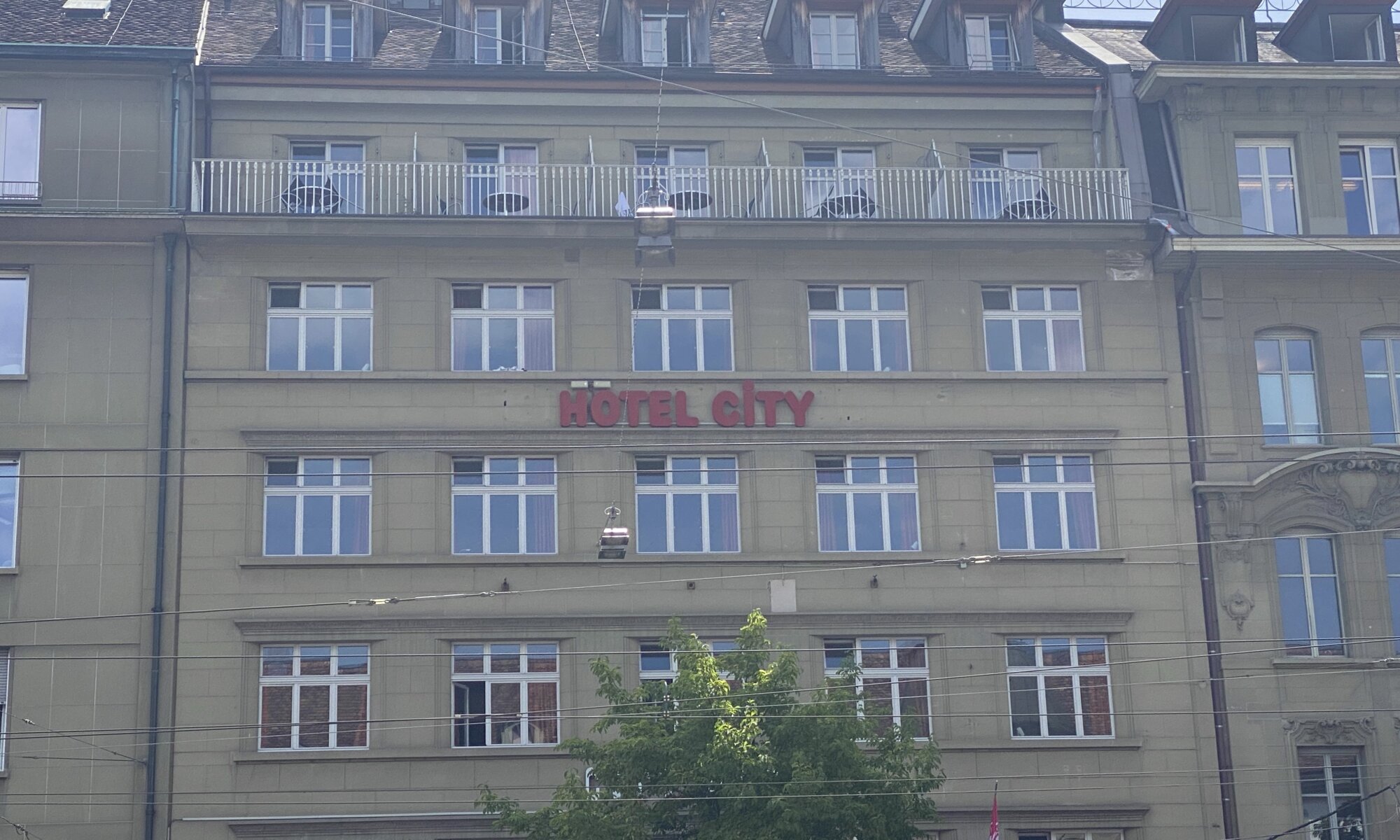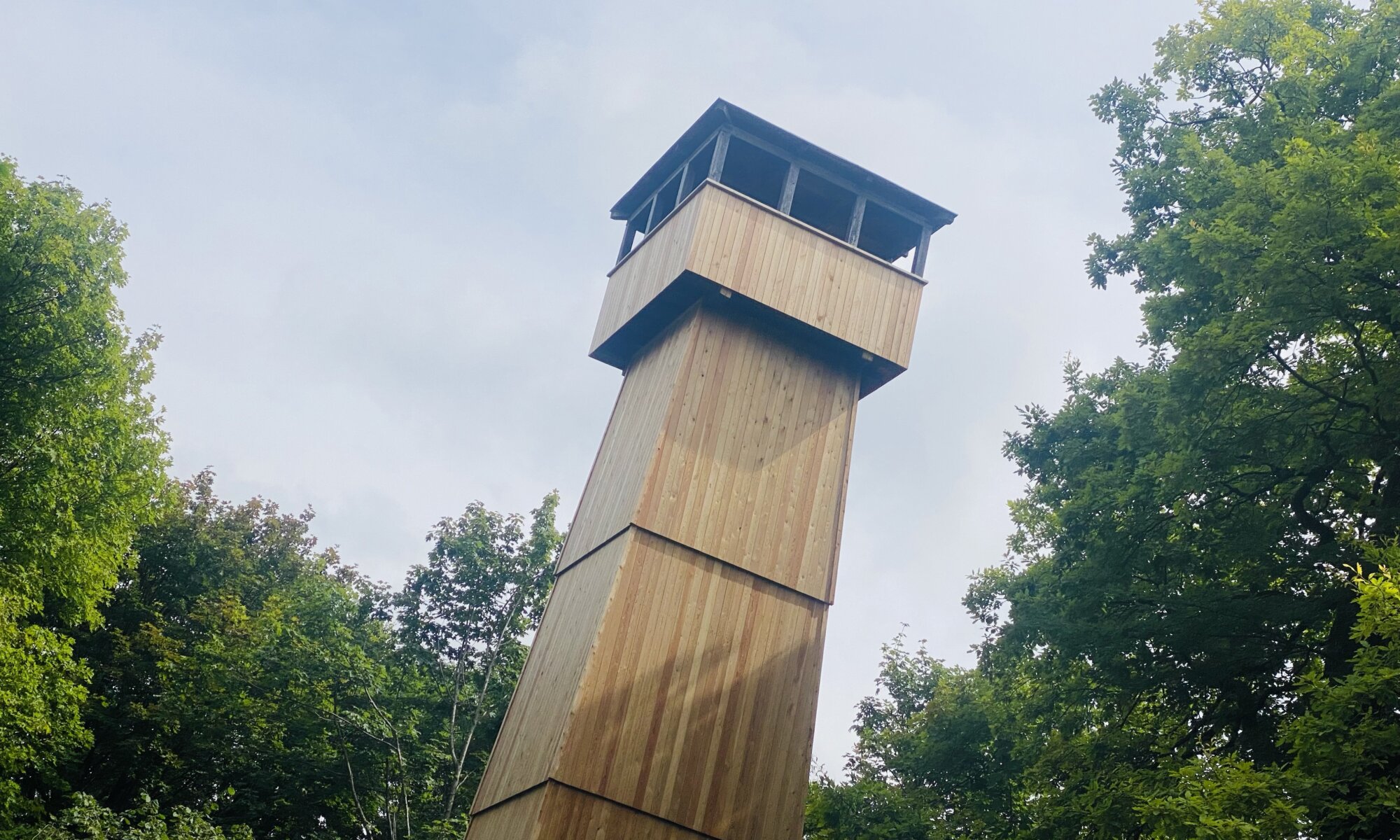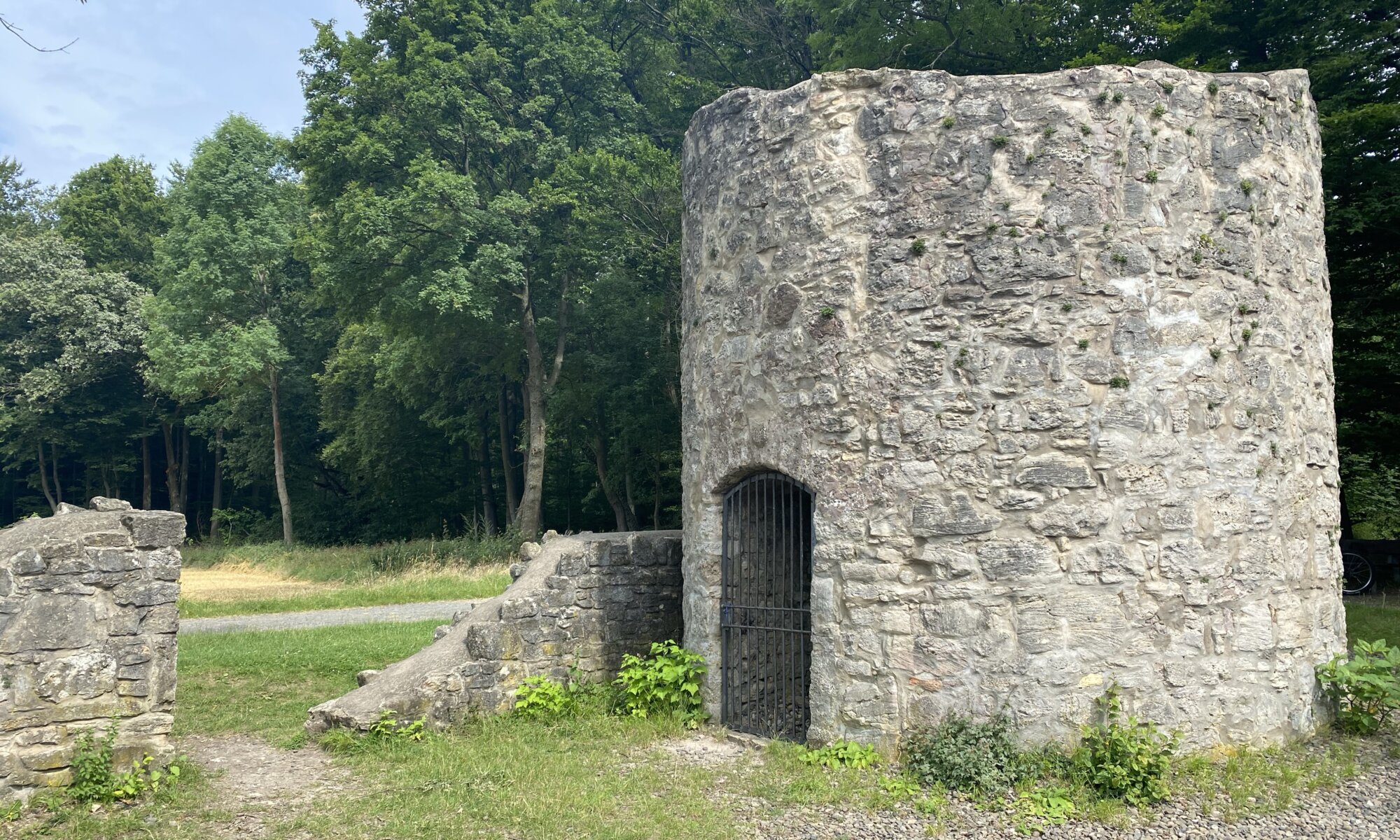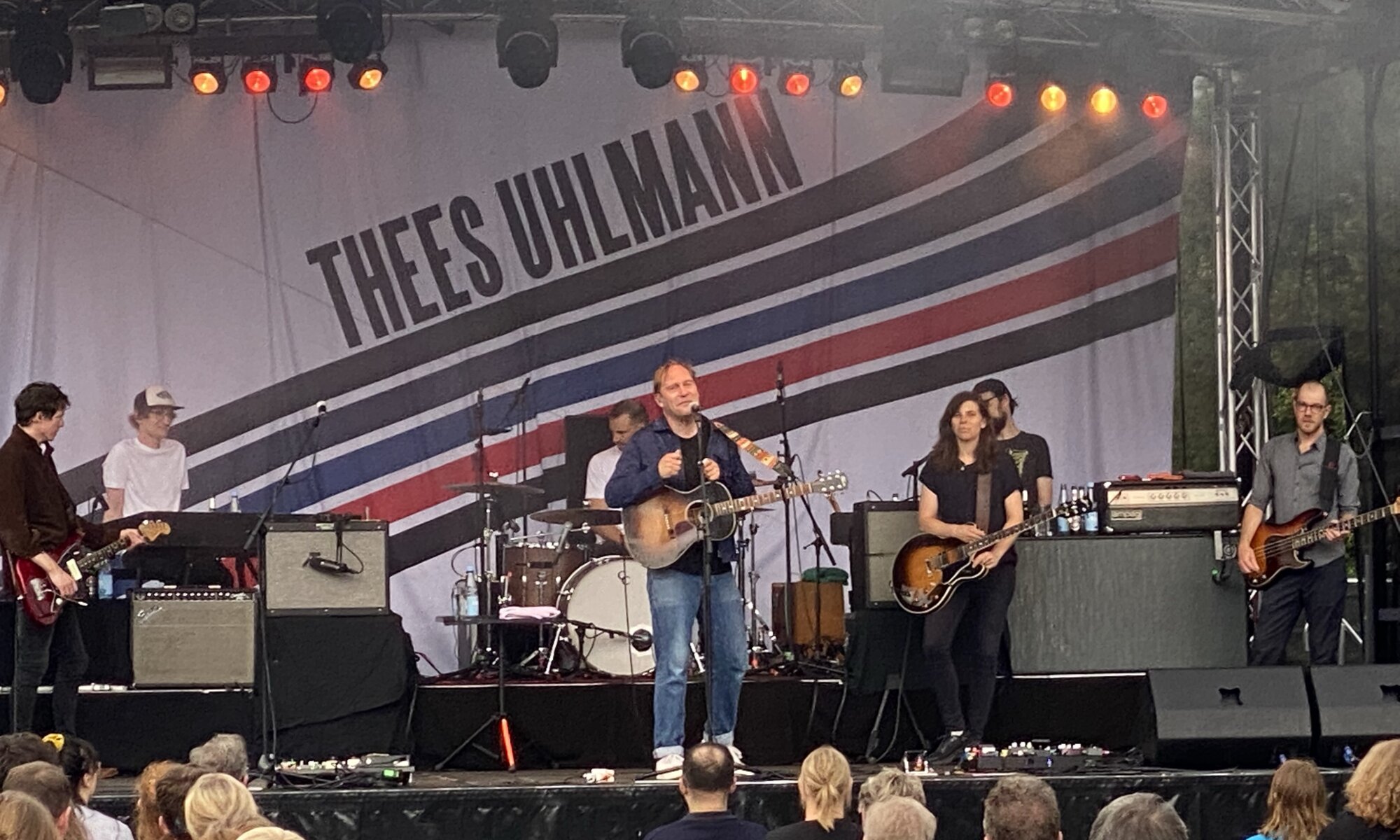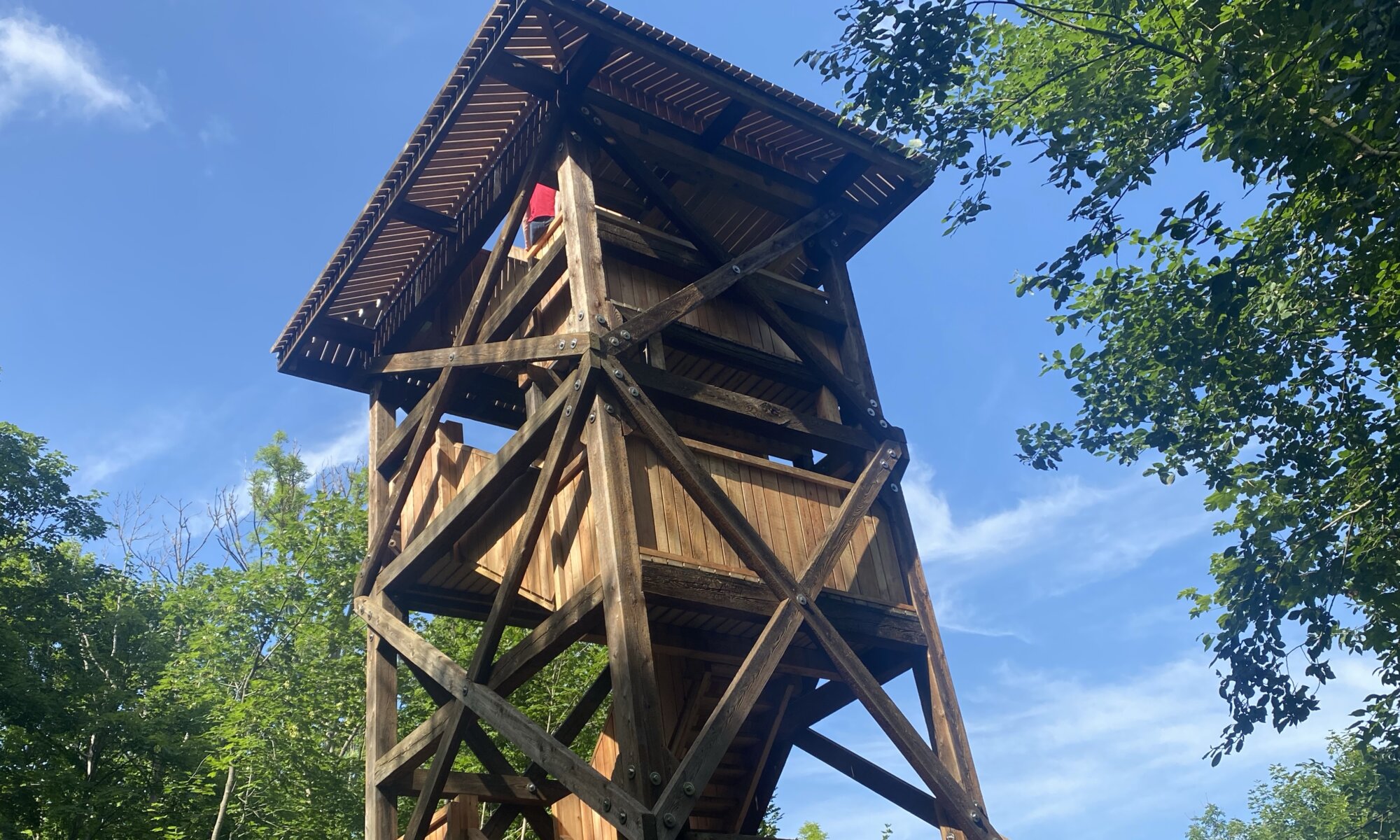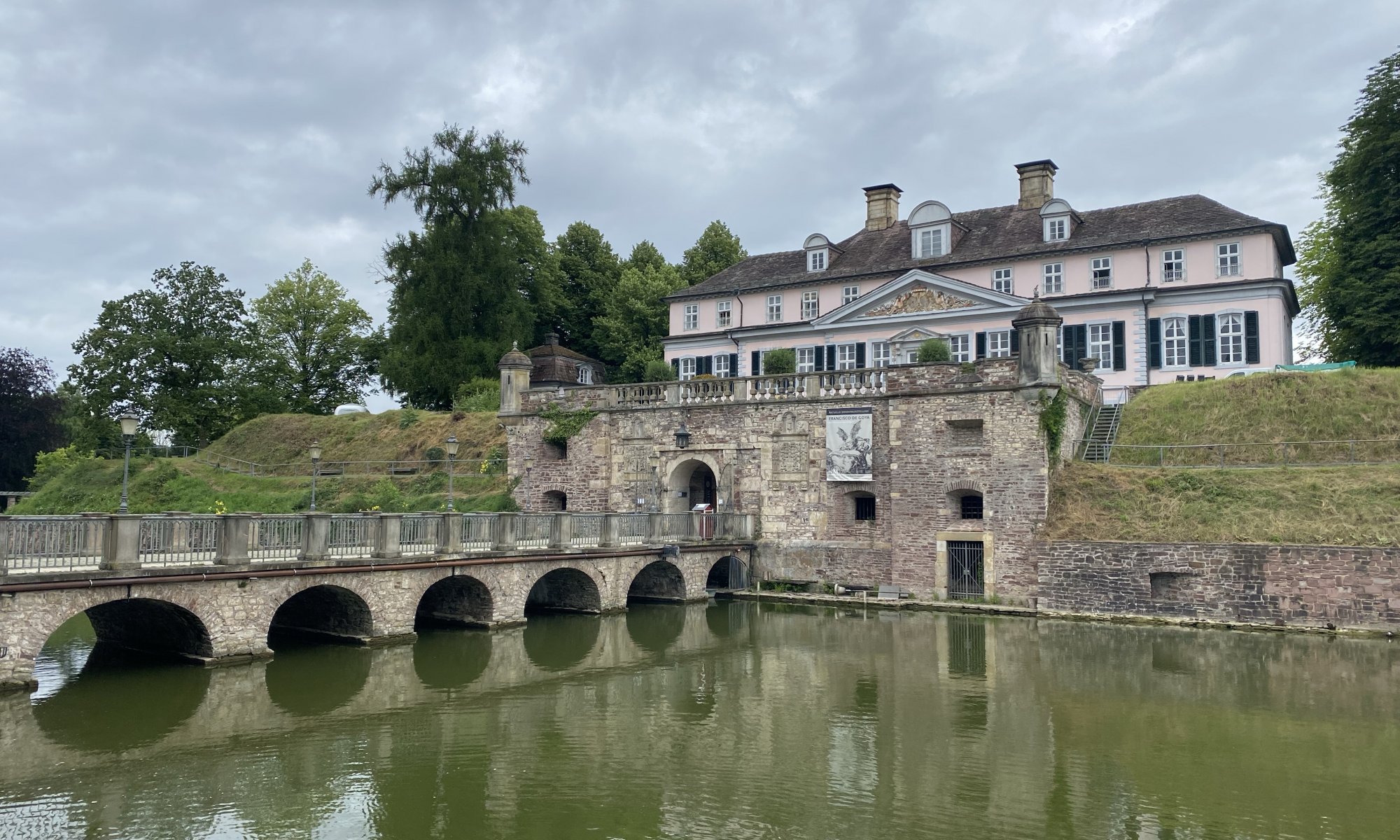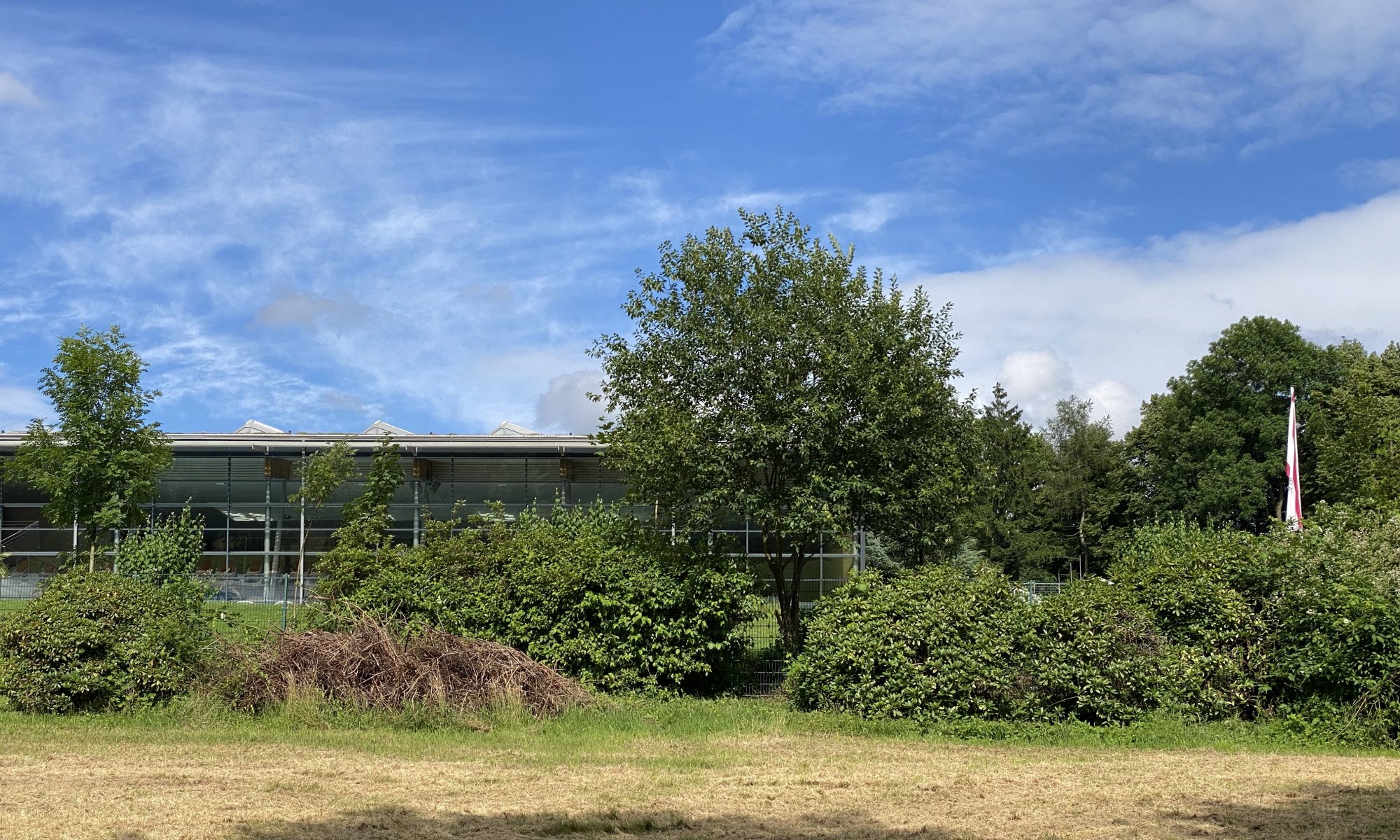When visiting Bern there is no way around having a look at the Berner Münster, the beautiful Gothic-style cathedral in the heart of the city. It was built starting in 1421 on the grounds of a former smaller church in this location. Most impressive detail is the portal depicting the Last Judgment with 234 figures carved out of sandstone.
Continue reading “Münster”Kramgasse
Walking through the beautiful Kramgasse at Bern is liking walking through history. The street is 330 meters long and begins at the famous Zytglogge tower. It was created in 1191 and was the most important axis of the old city. Today it is a protected UNESCO world heritage site and mostly filled with shops, restaurants, and coffee bars.
Continue reading “Kramgasse”Zytglogge
The Zytglogge is a famous clock tower in the old town of Bern, Switzerland. When you decode the local German dialect its name consists of the two words ‘Zeit’ and ‘Glocke’, ‘time’ and ‘bell’. It was built between 1218 and 1220 and was once part of the protection system of the city. As the city could only grow to the west because of the geographic situation it is now at the heart of the city.
Continue reading “Zytglogge”City am Bahnhof
Switzerland is an extremely expensive country. You can pay a fortune for a vacation there and hotel rates are remarkably high as well. If you don’t need an extraordinary, beautiful hotel because you’re just on a city trip you might decide to have a look at the hotel ‘City am Bahnhof‘. It has one particularly important advantage: it is located just across the road when leaving the main railway station of Bern.
Continue reading “City am Bahnhof”Hünstollenturm
Amazing views await those, who are willing to hike a while through the Göttingen forest. The Hünstollen is a 423 meters high mountain in the northeast of the city, officially belonging to Bovenden. Because of high cliffs this place was easily made a fortification in earlier days. Since 1882 there was a protective hut and a restaurant at this place and later a wooden tower was created from which you can see the Harz mountains but also the Gaußturm on the Hoher Hagen mountain.
Continue reading “Hünstollenturm”Rieswarte
In the year 1380 duke Otto the Evil gave the right to create ditches around the city of Göttingen to protect its borders and the people within. In addition to this protective system called Landwehr in German it was allowed to erect free-standing towers (Bergfriede) on mountains and fortifications (Warten) next to roads to control who is entering or leaving the city.
Continue reading “Rieswarte”musa
If you’re living in Göttingen it is impossible to not know what the musa is. The biggest sociocultural center of the region has a history already dating back to the year 1977 and it is located since 1990 in the former military bakery at the Hagenweg, west of river Leine. This part of Göttingen is not the most popular one to live at, but the musa was always a good reason to cross the river and enjoy concerts there.
Continue reading “musa”Harzblick
Is it possible to see the Harz mountains from Göttingen? Not always, but sometimes. The Brocken is 60 kilometers afar, but from the Harzblick tower you’ve got a fair chance. The 35 meters high tower is located near the Mackenröder Spitze in the forest of the city. It was first built in 1897 and had to be rebuilt more than once. In 2021 it was refurbished again and from its top you can see the Seeburger See and the Gleichen – and on good days also the Harz mountains.
Continue reading “Harzblick”Schloß Pyrmont
The most impressive building at Bad Pyrmont is the Baroque-style castle from the 18th century located in a well-protected fortification dating back to the 16th century CE. It was used as a summer residence, but you can also find traces of war as it was besieged and conquered multiple times, even by Swedish troops. Still today the fortification is impressive with a wide moat, high walls, and a long bridge over which you can reach the castle. The tunnel leading you inside has a specialty; it is bended so that nobody can shoot inside. Throughout the castle grounds you can find many chambers and passages to discover.
Continue reading “Schloß Pyrmont”Solebad
What would a health treatment in a German Kurstadt be without a nice spa? At Bad Pyrmont you can relax at the Hufeland-Therme which partially receives its waters from a natural spring. You can relax in the salty waters in an indoor and an outdoor pool or sweat a bit at the sauna. A modern spa that is worth its price!
Continue reading “Solebad”